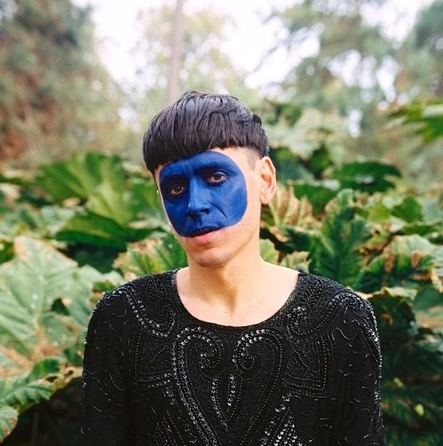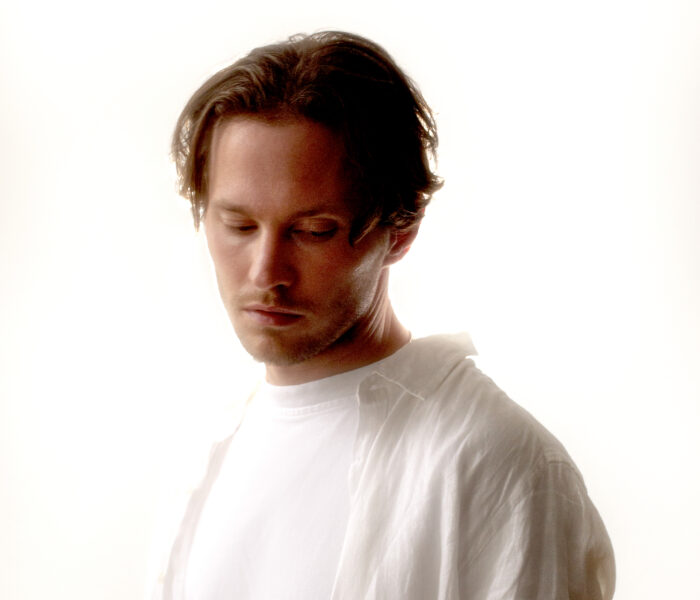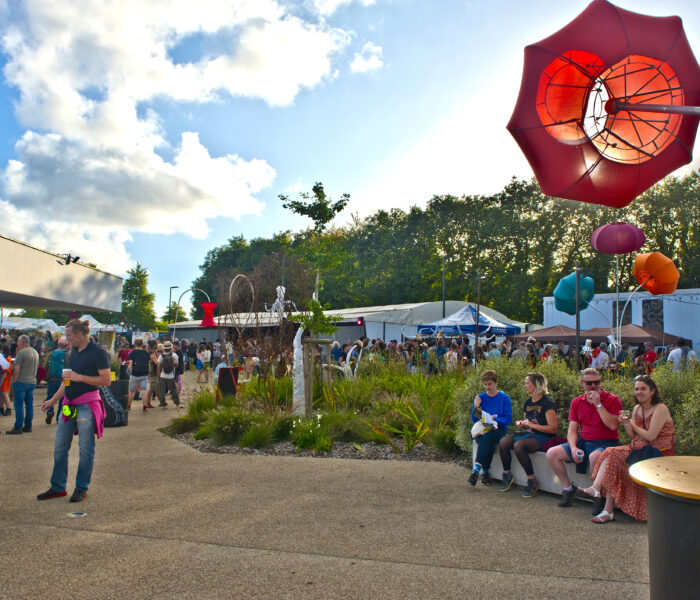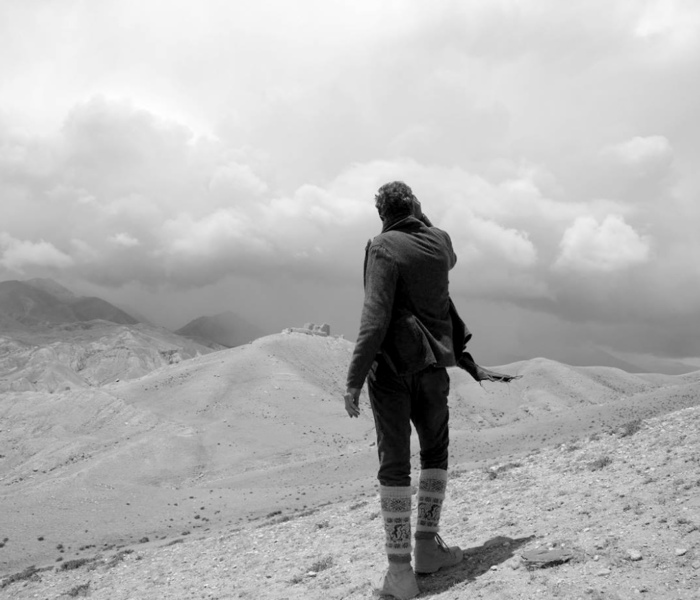Depuis près de trente ans, le compositeur britannique puise la matière première de ses œuvres poétiques et politiques dans les sons et les objets qui peuplent notre quotidien, et désormais dans le monde du vivant. Son nouvel album The Horse est un ambitieux voyage musical consacré à l’univers du cheval, mêlant sampling, orchestre et nouveaux instruments à cordes et à vent… fabriqués à partir du squelette d’un équidé.
Figure singulière apparue sur la scène électro dès 1995, Matthew Herbert s’affirme dès ses débuts comme un maître du sampling. Sur scène, il enregistre en direct, assemble et met en rythmes des sons générés à partir d’un poivrier, d’un moulin à café, d’une bouilloire, d’une brosse à dent ou d’un paquet de chips, sous la forme d’une musique percussive, minimaliste et ludique, proche de la house.
DJ inspiré, remixeur courtisé par les figures de la pop et compositeur œuvrant sous une pléthore de pseudonymes (Wishmountain, Doctor Rockit, Radio Boy et plus simplement, Herbert), le britannique ne peut toutefois être réduit à la simple figure d’un producteur inventif qui viendrait s’inspirer des idées de la musique concrète pour les transposer sur la piste de danse. Son œuvre, dopée par son art du collage, se nourrit plutôt des timbres du quotidien et de la poésie de ses objets, sous la forme de projets musicaux tour-à-tour abstraits, expérimentaux, dancefloor ou même plus pop et jazz, à l’image de sa collaboration passée avec la chanteuse Dani Siciliano ou aux côtés de son big band.
Et surtout, contrairement à la musique concrète française et au formalisme de nombreuses musiques de recherche, Herbert accorde une importance capitale à la provenance, l’aura, la nature et la fonction première de l’objet, ou de l’être vivant, à partir duquel le son est enregistré et à partir desquels l’ensemble des sources de ses albums sont puisés.
Dès 2003, il rédige ainsi son propre manifeste, proche d’une forme d’éthique du sampling, qui fixera le cadre esthétique, mais aussi économique et politique de ses futurs travaux. Les objets-instruments qu’ils utilisent dès lors, se révèlent en effet porteurs d’une valeur ou d’un potentiel politique. À travers des albums comme Plat du Jour (2005) ou Tesco (2011), son œuvre évoque et dénonce avec humour, et à l’aide d’objets déchirés, déchiquetés ou écrasés, le consumérisme ou le capitalisme dominants. À l’aube des années 2010, son œuvre aborde la question de l’organique et du vivant, qu’il s’agisse de la marchandisation et de l’industrialisation du monde animal avec One Pig (2011) ou les sons de notre propre corps humain avec A Nude – A Perfect Body (2016), un projet de nu, sous une forme musicale.
Horse, publié en mai 2023, s’inscrit dans cette même dynamique. L’album s’attache à faire revivre de manière métaphorique le corps d’un cheval dont Matthew Herbert a acquis le squelette. Son instrumentarium a d’abord été conçu par des néo-luthiers comme Henry Dagg, Sam Underwood et Graham Dunning qui ont transformé par exemple un pelvis et du crin en lyre, un tibia en flûte, différents os en sifflets ou percussions. Il se compose également de samples et d’objets frottés ou percutés, tous issus du monde équestre, que l’on pense aux domaines de l’élevage, de la chasse à courre, de la médecine vétérinaire ou des courses hippiques. À ce vaste éventail d’outils et de sons, s’ajoute enfin l’apport du London Contemporary Orchestra dont les musiciens jouent à la fois à l’aide de ces nouveaux outils et de leur instrumentarium classique.
L’album débute par une série d’études pourrait-on dire, autour de sons primaires qui évoquent une culture ancestrale, quasi préhistorique, avant de se doter de mélodies plus franches (« The Horse’s Pelvis is a Lyre »), de rythmes proches de l’électro (« The Horse is Prepared », « The Horse is Mechanised ») ou de lignes orchestrales (« The Horse is Quiet », « The rider (not the horse) »). Au fil de cet album réellement hors-normes, on se laisse peu à peu guider, apprivoiser, par ces timbres et ces textures si particulières qui bientôt composent une forme de corps sonore, fait de chair et d’os, à l’intérieur duquel notre écoute progresse et se déploie, comme si nous parvenions à saisir la nature et l’altérité de l’animal.
The Horse peut ainsi s’écouter comme une expérience musicale, sensorielle et littéralement immersive ou, de manière plus globale, comme une méditation sur notre rapport au vivant, comme le confiait récemment l’artiste à nos confrères de Music Radar.
« Nous n’aurions pas de musique sans les animaux, qu’il s’agisse des peaux de tambour ou des cordes de violon et de guitare, qui ont longtemps été fabriquées à partir de boyaux d’animaux. Les archets des instruments à cordes sont fabriqués à partir de crins de cheval et, évidemment, les violons et les violoncelles sont fabriqués à partir d’arbres que l’on a abattus. Nous exploitons littéralement le vivant pour produire et composer de la musique. Il est de notre devoir de trouver une relation moins violente et plus saine avec notre environnement, que l’on songe à la musique elle-même ou à notre mode de vie ».
Jean-Yves Leloup
Matthew Herbert x London Contemporary Orchestra, The Horse (Modern Recordings)



)



